What Are the Cleanest Animals?
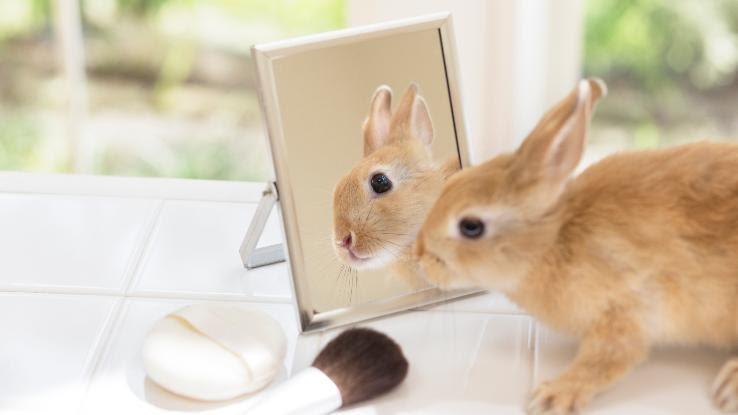
There’s a lot to love about animals. They’re adorable, and they often become important members of our families. But many creatures get a bad rap from misinformed stereotypes that suggest they’re dirty — we’ve all heard about pigs rolling in mud and raccoons guarding trash cans as if they were treasure chests. In reality, there are plenty of animals in the world that surprise us with their cleanliness.
Some of the cleanest animals got lucky with special characteristics that naturally keep them nice and tidy. Others put in the work to keep themselves freshened up. So, what are the cleanest animals in the world? You might be able to guess some, but a few may surprise you.
Pigs Are the Cleanest of Them All
Would you believe it if we told you that pigs may be the world’s cleanest animals? As it turns out, these intelligent creatures definitely don’t live up to their reputations for being unclean.
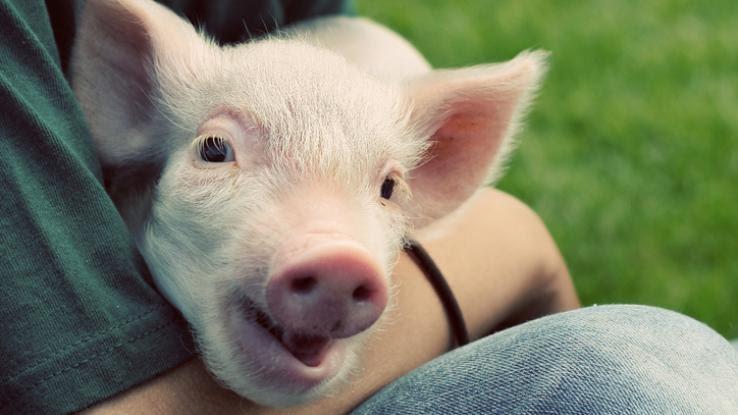
We’ve all heard the pig metaphors — from “it looks like a pigsty in here” to “you’re sweating like a pig” — but these don’t have much of a basis in reality. The latter phrase in particular is pretty erroneous, as pigs aren’t actually able to sweat at all. These animals don’t have sweat glands, which is where all the wallowing in the mud comes from — and where they got their reputation for messiness.
Rolling around in mud helps keep them cool and also serves as a sort of DIY sunscreen to prevent sunburn. Pigs in nature are quite clean, however, and refuse to defecate close to where they eat or sleep. They’re also highly intelligent in a number of other ways; they’ve demonstrated levels of cognition similar to those of 3-year-old human children.
Cats Have Grooming Down to a Science
Whether cats or pigs are the cleanest animals in the world remains up for debate. But even if cats do come in second, they’re very close to tying with their friends on the farm. It’s no secret that cats have a well-deserved reputation for keeping themselves clean — the average cat spends up to 50% of its waking hours licking and grooming.

Kittens learn this behavior from their mothers so early that most know how to bathe themselves from the time they’re weaned. As you may know, cats have miniscule barbs on their tongues that function similarly to combs. When they lick their fur, these barbs stimulate the production of the sebaceous glands in their skin, which lubricates the fur and keeps it clean and shiny.
Cats are also incredibly easy to litter train, and most learn to use their litter boxes when they are kittens. Much like pigs, cats don’t like to relieve themselves anywhere near the spots where they eat or sleep. If you’re having problems with an adult cat refusing to use the box, make sure it’s not too close to the animal’s food bowl. If this doesn’t solve the problem, consult your vet; this behavior can sometimes indicate illness.
Tigers Organize Their Pantries
There are some major differences between domesticated house kitties and their ferocious, big-cat cousins — but there are some interesting similarities, too. Even though tigers are some of the largest carnivores on Earth, they also like to keep a pristine appearance and groom themselves much like house cats.
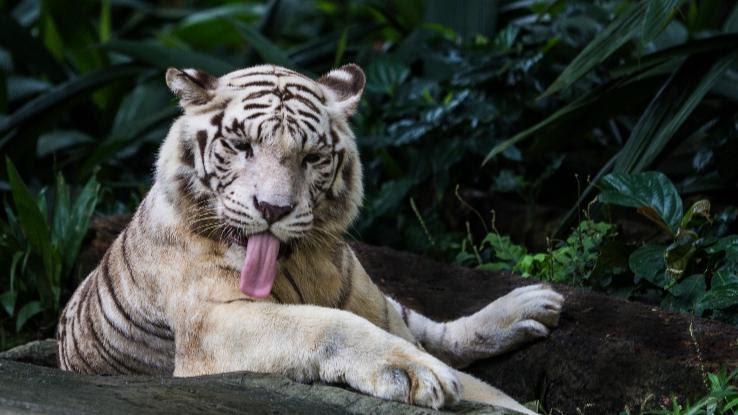
Unlike domesticated cats, however, tigers also enjoy a good dip in the water. This is less to keep themselves clean and more to cool off, but cleanliness is a nice side effect. You’ll rarely catch them using the water they drink as a toilet, as tigers choose latrine areas away from the spots where they eat, drink or sleep. That said, they do use urine to mark their territories.
Another behavior that demonstrates tigers’ neatness? They avoid bringing food into their dens and often hide their leftovers from other animals, concealing the food with leaves or branches. This behavior sometimes even carries over to house cats. If you ever see your kitty attempting to cover its leftover food with toys or a blanket, you’ll see the ways your pet hasn’t totally evolved away from its wild relatives’ behaviors.
Polar Bears Bathe in Snow
Polar bears are another of the cleanest animals in the world, but it’s not completely for vanity’s sake. When you live in the Arctic, it’s important to make sure you’ve got a healthy, functioning coat of fur at all times. As it turns out, when a polar bear’s fur gets matted or dirty, this cuts down on the fur’s ability to insulate the creature.
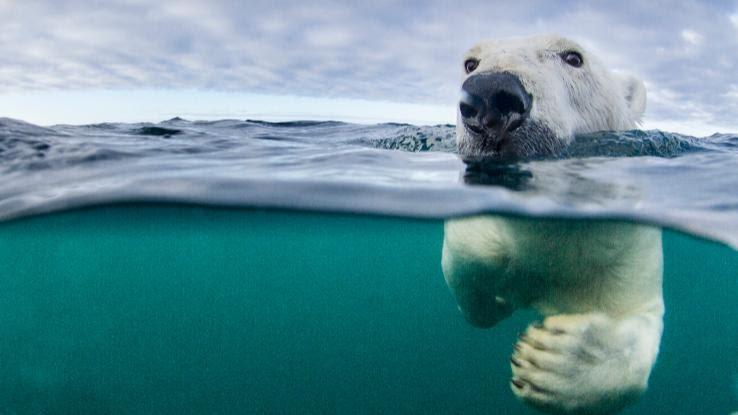
That’s why polar bears bathe themselves, especially after eating, by either taking a dip in the water or rolling around in the snow. Both actions also help them maintain that perfect body-temperature balance between hot and cold, which is more important than you might think. Despite the fact that polar bears live in some of the coldest environments on Earth, they’re susceptible to overheating when summer rolls around. For the average polar bear, cleanliness is a nice perk of self-regulating their notoriously fickle body temperatures.
Rabbits Don’t Need Water to Stay Clean
Not only are rabbits adorably cuddly, but they’re also famously clean little creatures. If they’ve been spayed or neutered, they become highly fastidious about where they do their business, similarly to cats. It’s even possible to litter train a rabbit, which is a good idea if you have one as a pet unless you plan to clean the animal’s cage daily. As with cats, you’ll want to make sure that the litter box isn’t too close to where they eat or sleep, as they don’t want to snooze next to their toilet any more than you would.
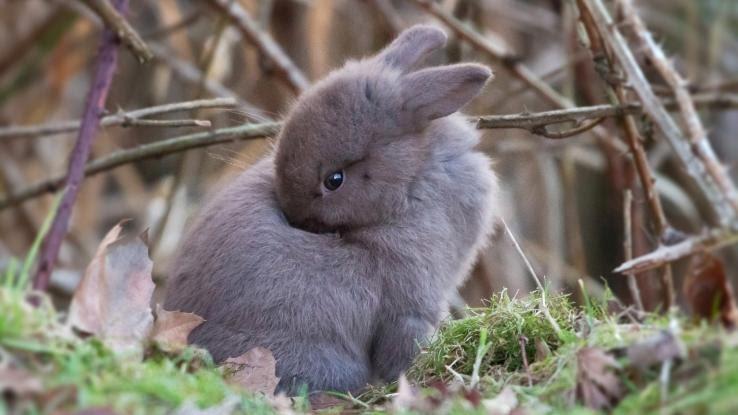
Rabbits are also meticulous groomers and don’t require bathing, as this can be incredibly stressful for them. These animals often panic when owners try to bathe them, and this can result in injury to the rabbit. Plus, it takes a long time for their thick fur to dry out — a process that can be uncomfortable and sometimes result in fungal infections. If you have a pet rabbit, a bit of “spot cleaning” on dirty areas like their feet, along with weekly brushing, should be enough to keep these clean critters looking and feeling their best.
Dolphins Pick Up Trash
This one may seem obvious — after all, how can you help but stay clean when you live in the water? It’s important to keep in mind, though, that the ocean isn’t always the cleanest place, so it’s somewhat of an achievement that these aquatic mammals practice their own uniquely developed cleanliness routines.
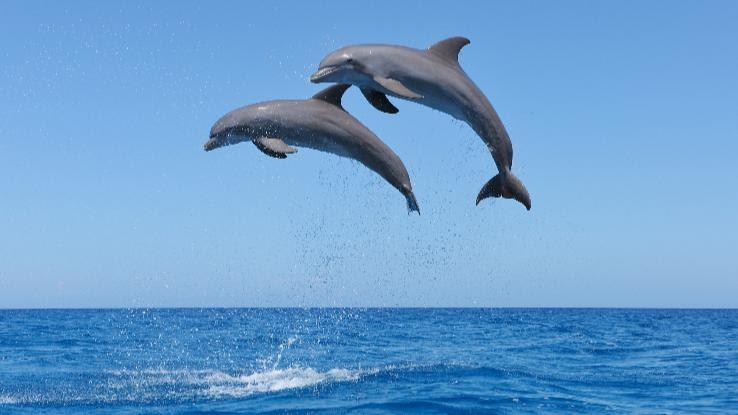
Some scientists think that when dolphins breach, or leap out of the water, they’re doing more than just getting a good view. Breaching may also serve as a way for them to clean off any bacteria or parasites they may have picked up in the ocean. This could be one of the reasons that dolphins tend to be surprisingly resistant to infections.
Their superior intelligence also makes them highly trainable, even when it comes to matters of cleanliness. Trainers from the Institute for Marine Mammal Studies in Mississippi were able to train a group of dolphins to pick up trash that fell into their pools and hand it over to their human companions. These good deeds may have been dependent on the fish the dolphins received as rewards, but their efforts certainly deserve some recognition.





